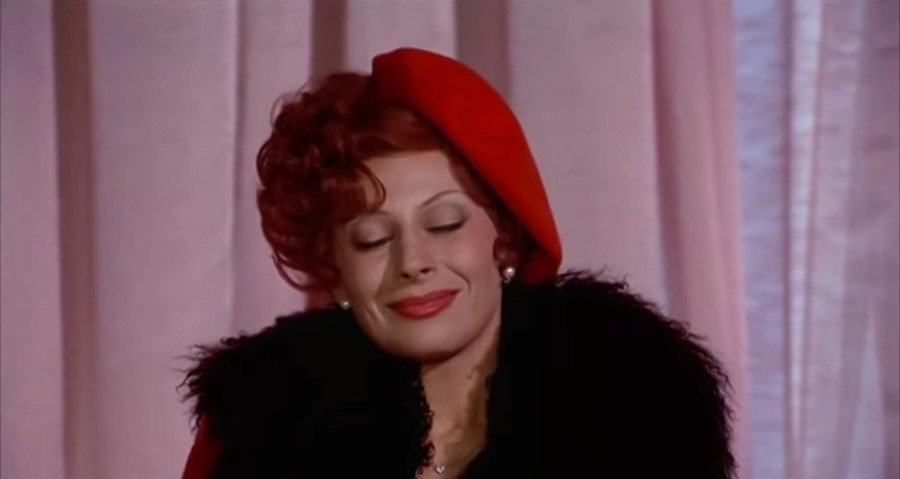The legendary Fellini film encompasses humour, sadness and beauty – here, we examine the takeaways
Federico Fellini's Amarcord (Italian for "I remember") is a masterful cultural commentary on the everyday life of 1930s Fascist Italy. With humour, grace and a typically surreal Fellini-esque style (after all, this is the man who once remarked, "life is a combination of magic and pasta") the famed director reveals the inner workings of an eccentric cast of characters in the village of Borgo San Giuliano, right outside Fellini's hometown of Rimini. Through a string of comic scenes, such as a town bonfire, snowball fights and spontaneous dances on decrepit hotel terraces, Fellini delves deep into politics and rituals of the village. Here, we reflect on what we can learn from the enchanting Amarcord.
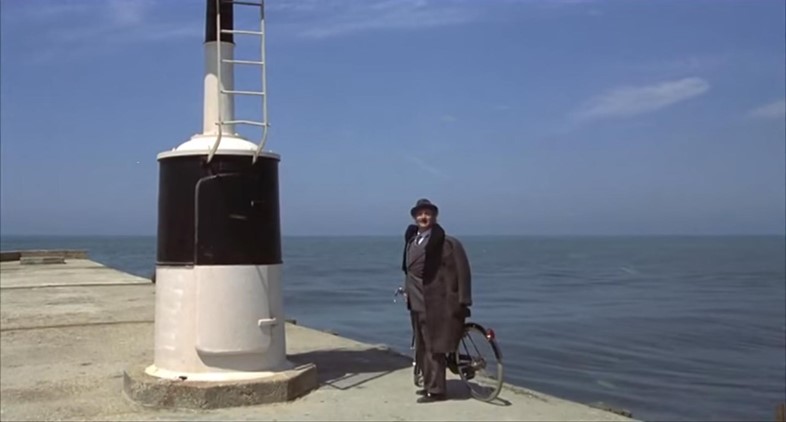
1. Beauty is everywhere
Amarcord follows an ordinary teenage boy named Titta, and all the characters in his town outside of Rimini. In the opening scene of the film, a woman mundanely hangs laundry, while ethereal white puffballs fly through the air. As she points them out, a man chants, “When puffballs come, cold winter’s done." The entire village is transfixed by them. Later on in the film, a group of adolescent boys have a snowball fight in the town square. They become silent when they realize that a huge and colourful peacock has landed on the snowy fountain to watch them. Moments like these, which are peppered throughout the film, are reminders that beauty is everywhere – sometimes where you least expect it.
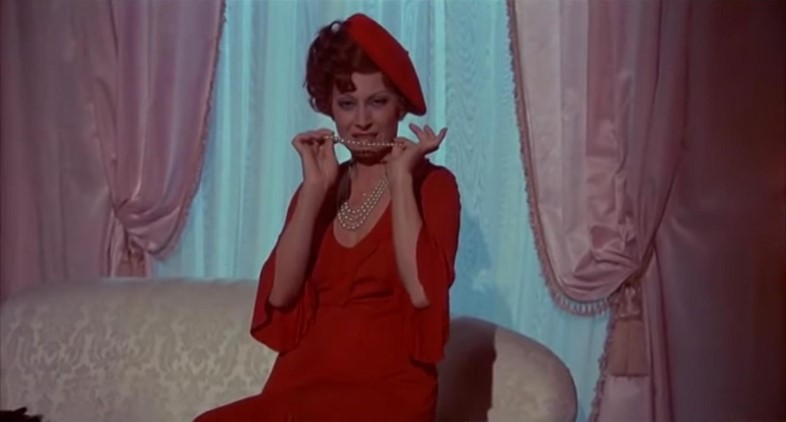
2. When in doubt, wear red
Gradisca, (loosely translated in Italian to “please do!”) is considered the town beauty by the majority of the men in the village. While others in the film wear a uniform of greys, browns and navy blues in the form of scarves, caps, knee-socks, boots and capes, fitting for the frigid winter weather of Rimini, Gradisca most often appears in stunning red. During the snowball fight, she wraps her flame-hued hair in a scarlet shawl while wearing a long-sleeved white dress. In another scene she plays seductress while sporting a cherry red coat with a fur collar, matching beret and pearls. She removes the coat, revealing black lingerie, but continues to wear her hat. Gradisca's cinematic style is proof that when in doubt, wear a striking shade of red for maximum impact – no matter the situation.
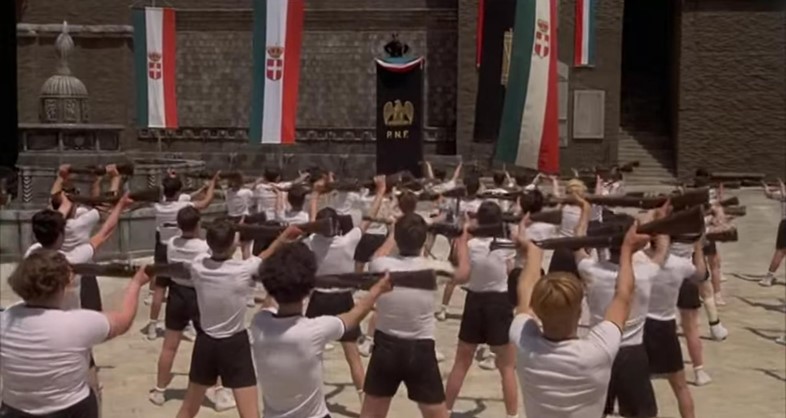
3. Don’t forget to dance
During a windstorm, a group of young men stand outside a boarded up hotel on the terrace, dressed for the cold. As the wind starts to blow harder, it howls louder and the leaves, snow and mist pass by. A song from Nino Rota’s singularly unique soundtrack starts to play, and two men sway in unison. Slowly, they drift off, waltzing with imaginary female partners while one sits on the steps in the background, silently moving his hands to the music. The others join in, twisting and twirling while one whispers, “Where are you, my love?” in Italian, and some look as if they’re playing imaginary musical instruments. It’s a reminder that, no matter how bleak the day or situation, you can always dance.
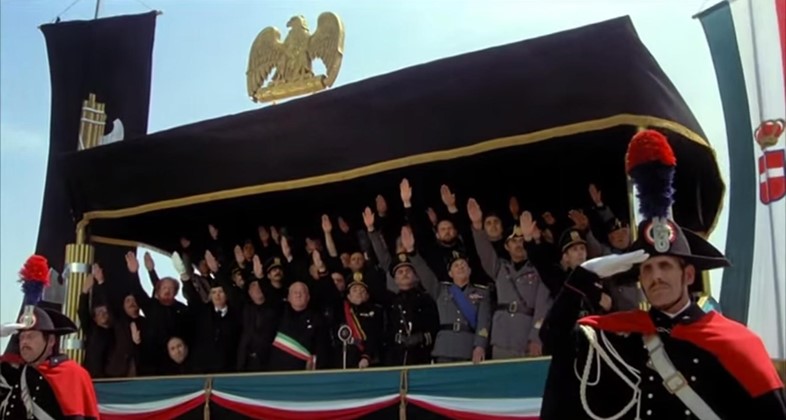
4. Question everything
Throughout the film, the narrative follows a strictly enforced Fascist lifestyle in the character's schools, their homes and even outside on the streets. Families are separated, people are unfairly questioned or threatened. But one thing that continues throughout the film is the never-ending string of rebellion. Some young boys question or mock disinterested teachers while others daydream during government parades about how things may be different one day. Motorcyclists frequently zoom through the town center in displays of exhibitionism. It's a lesson to never give up one's rebellious spirit.
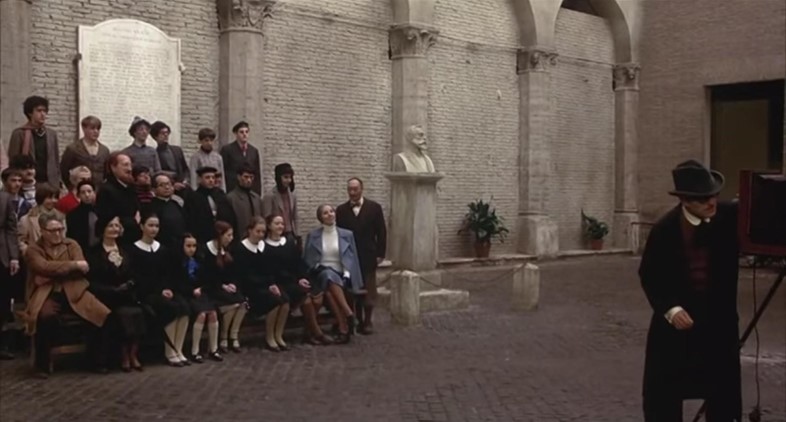
5. Surround yourself with characters
Amarcord is full of individualistic characters who make everyday activities in a typical small, rural village veritably colourful; a blind accordion player is at the centre of a bonfire scene, while a blonde nymphomaniac named Volpina makes facial expressions that are priceless. A buxom tobacconist is the subject of lust for many of the local young men, while the street vendor doubles as the best liar in town. The schoolmaster's name is Zeus. All this is representational of Fellini's humour, and the fact that life is often best when surrounded by interesting people.
